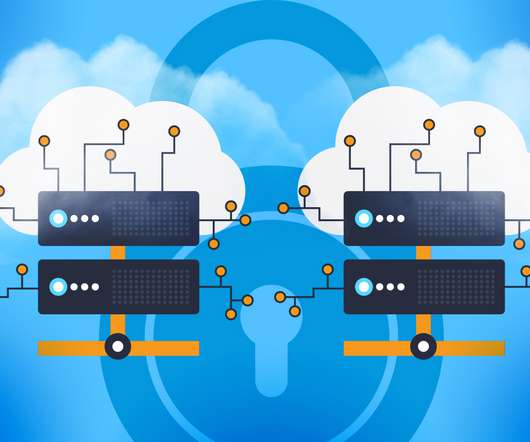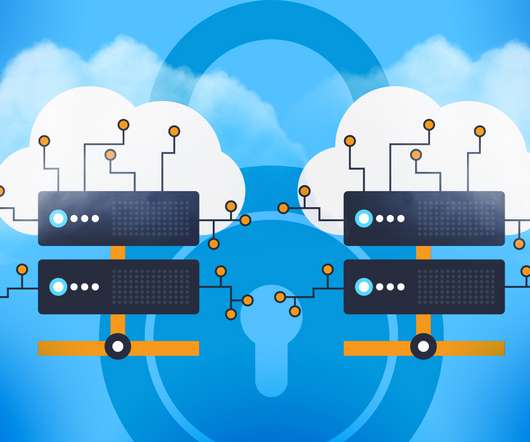DNS over HTTPS, DNS over TLS explained: Encrypting DNS traffic
CSO Magazine
MARCH 29, 2021
Being the backbone of the internet, the Domain Name System (DNS) protocol has undergone a series of improvements and enhancements over the past few years.

CSO Magazine
MARCH 29, 2021
Being the backbone of the internet, the Domain Name System (DNS) protocol has undergone a series of improvements and enhancements over the past few years.

CSO Magazine
MARCH 14, 2023
During every quarter last year, between 10% and 16% of organizations had DNS traffic originating on their networks towards command-and-control (C2) servers associated with known botnets and various other malware threats, according to a report from cloud and content delivery network provider Akamai.
This site is protected by reCAPTCHA and the Google Privacy Policy and Terms of Service apply.

CSO Magazine
APRIL 13, 2023
Domain name system (DNS) tunneling is a pervasive threat that enables hackers to get any data in and out of a company's internal network while bypassing most firewalls. But DNS tunneling essentially smuggles hostile traffic through DNS ports, which makes these attacks difficult to detect and mitigate.

CSO Magazine
JANUARY 19, 2021
Security researchers have found several serious vulnerabilities in dnsmasq, a utility used in many Linux-based systems, especially routers and other IoT devices, to provide DNS services. Sign up for CSO newsletters. ]. Sign up for CSO newsletters. ].

CSO Magazine
APRIL 19, 2023
The Domain Name System (DNS) is often referred to as the phone book of the internet. DNS translates web addresses, which people use, into IP addresses, which machines use. But DNS was not designed with security in mind. This has only worsened with the adoption of encrypted DNS, known as DNS-over-HTTPS (DoH).

CSO Magazine
AUGUST 25, 2022
The findings are based on DNS data and Akamai’s visibility into carrier and enterprise traffic across different industries and geographies. This represented a 3% increase compared to Q1 2022, the firm stated, with phishing toolkits playing a key role in malicious domain-related activity.

CSO Magazine
JANUARY 21, 2022
To camouflage their activity, the researchers noted, the hackers used the DuckDNS dynamic DNS service to change the domain names of the command-and-control hosts used for the campaign, which started distributing variants of Nanocore, Netwire, and AsyncRATs to targets in the United States, Italy and Singapore, starting around October 26.
Let's personalize your content